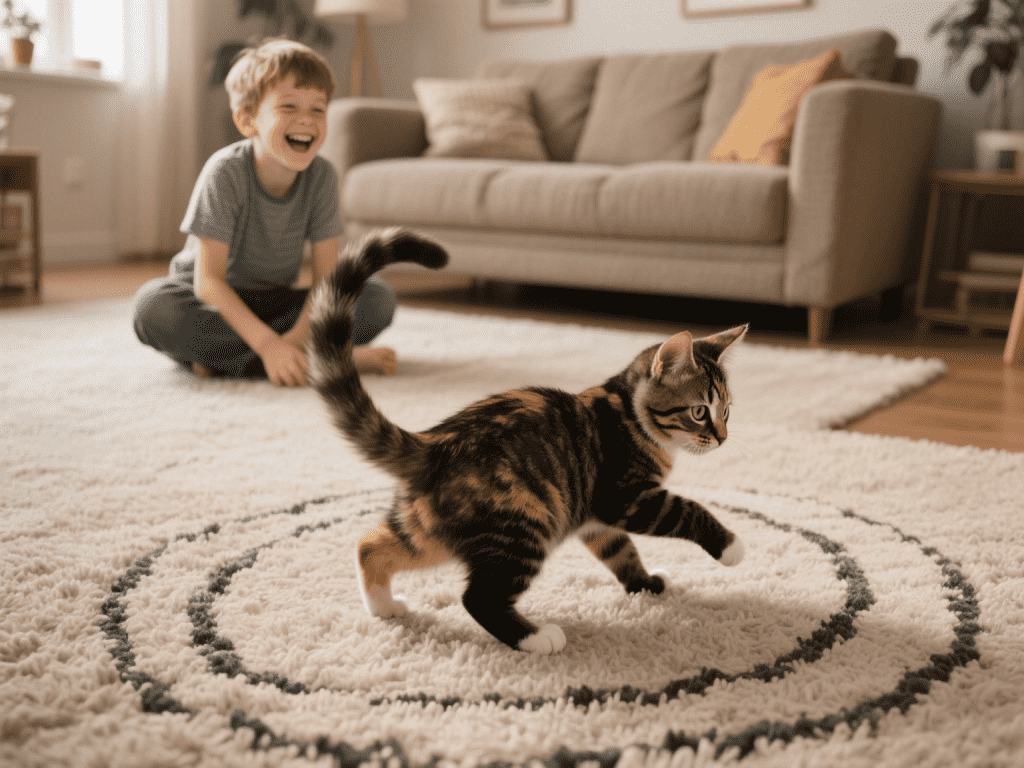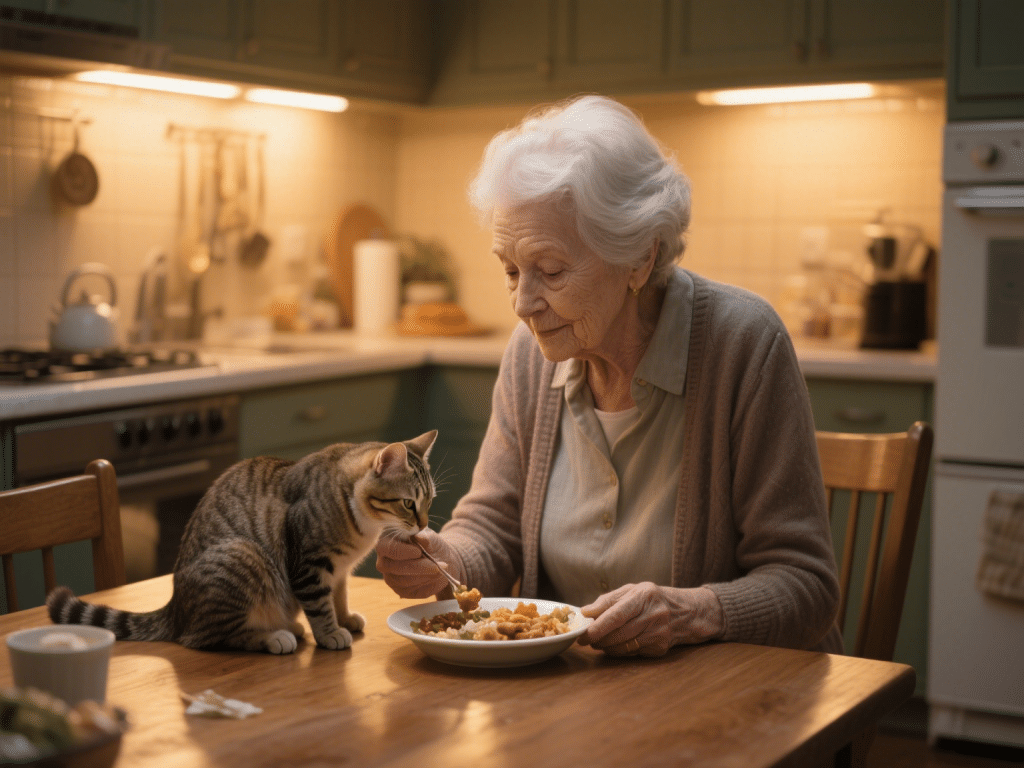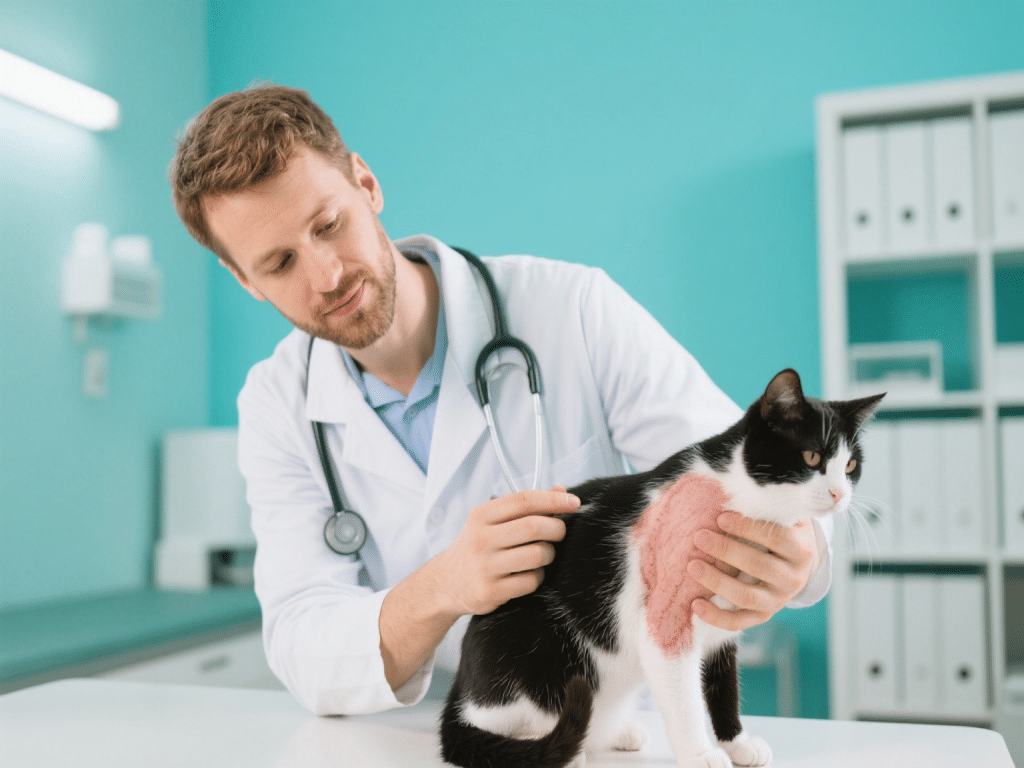
Tail‑Chasing Mysteries: Beyond Simple Play in Feline Behavior
Tail‑chasing kittens may look adorably goofy, but when adult cats obsessively spin in ci...

Traveling with cats can be daunting—strange scents, unfamiliar sounds, and confined spaces often trigger anxiety. As a certified feline behaviorist who’s escorted dozens of cats cross-country, I’ve distilled best practices that minimize stress and promote safety. Whether heading to the vet or embarking on a vacation, these actionable tips ensure a calm journey.
Opt for a hard-sided carrier with top and front access. Size it so your cat can stand, turn, and lie down comfortably. Line with a plush, washable pad infused with your scent to create familiarity.
Place the carrier in a low-traffic area, leave door ajar, and fill with treats and toys. Begin short sessions—5–10 minutes—once daily. Gradually increase duration until your cat voluntarily naps inside.
No food 4 hours before travel to reduce motion-induced vomiting.
Feliway spray lightly on carrier walls 30 minutes before placing your cat inside.
Secure carrier with a seatbelt in the back seat to prevent sliding.
Constant climate control: Maintain 68–72°F; avoid direct airflow on the carrier.
Soft music or white noise: Low-volume classical or feline-specific playlists can mask road noise.
Short breaks: Every two hours, safe-stop in a quiet rest area. Do not open the carrier door outdoors—offer treats through mesh only.
Pack a zipper pouch with:
Bottled water and a collapsible bowl
Small towel and extra pad
Litter tray with absorbent granules
Copies of vaccination records and microchip details
For severely anxious cats, consult your veterinarian about gabapentin (50 mg for cats <10 lbs) administered 1–2 hours pre-trip. Use only under professional guidance.
Conclusion:
With gentle acclimation, the right carrier, and strategic comfort controls, road trips can transform from traumatic to tranquil for your cat. Plan methodically, monitor your companion’s behavior, and adjust as needed—soon, your feline friend will regard car journeys as safe new adventures.

Tail‑chasing kittens may look adorably goofy, but when adult cats obsessively spin in ci...

As cats enter their senior years—typically around age 7 and beyond—their nutritional r...

Flea allergy dermatitis (FAD) ranks as the most common itchy skin disease in cats. Even a ...

IntroductionWelcoming guests when you have pets can be stressful for both animals and huma...

IntroductionWhile “catching a cold” in pets differs from human colds, dogs and cats ca...

IntroductionBuilding a custom pet bed is a rewarding project that ensures your cat or dog ...
Comments on "Stress-Free Travel Tips for Taking Your Cat on the Road" :